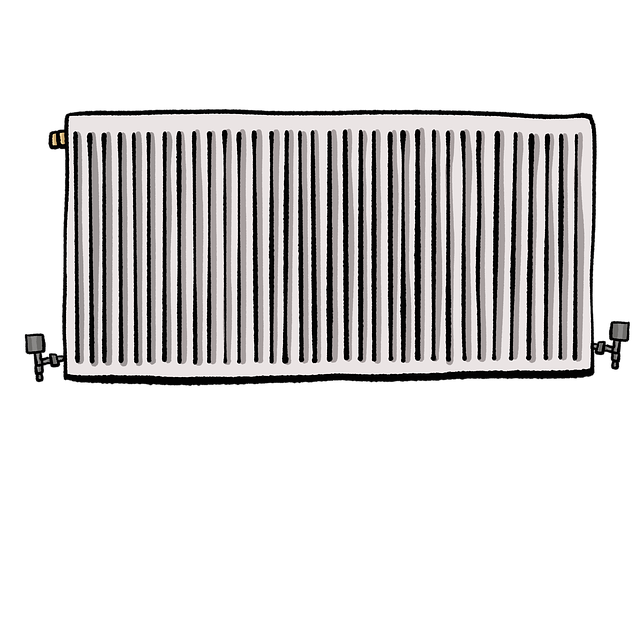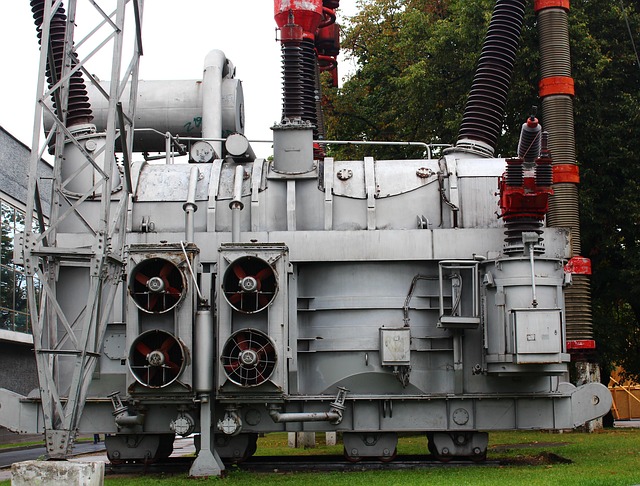Optimal central heating installation time is during autumn or early winter to avoid peak season costs and enhance system efficiency. Modern alternatives offer improved efficiency and control. Consider home insulation, size, and unique needs for informed decision-making. Strategic planning, including radiator type selection and precise temperature control, maximizes comfort and energy efficiency while promoting sustainability.
Considering a central heating installation? Timing is key for optimal comfort and energy efficiency. This guide explores the best time to install your system, taking into account seasonal needs, scheduling benefits, and influencing factors. From understanding temperature fluctuations to navigating peak seasons, you’ll discover how to ensure a seamless transition to a more comfortable and efficient home. Learn when to take action for a central heating upgrade that pays dividends year-round.
- Understanding Seasonal Needs for Central Heating
- When to Schedule Installation for Optimal Efficiency
- Factors Influencing Timing of Central Heating Upgrades
- Ensuring Comfort: The Right Time for Installation
Understanding Seasonal Needs for Central Heating

The best time for central heating installation varies based on your location and climate. Understanding seasonal needs is crucial in this context. In regions with harsh winters and colder climates, it’s recommended to install central heating before the onset of winter, typically during late autumn. This ensures that your home is warm and cozy when the temperature drops significantly. On the other hand, areas with milder seasons may opt for installations later in the year, as there’s less urgency to prepare for extreme cold.
Exploring different types and materials of radiators or considering an upgrade to underfloor heating systems can enhance the efficiency and coverage of your central heating installation. These modern options offer better temperature control and energy savings compared to traditional methods. When planning a central heating installation, it’s important to assess your home’s insulation, size, and specific heating requirements to make an informed decision that suits both your comfort and budget.
When to Schedule Installation for Optimal Efficiency

The best time to schedule a central heating installation is during the quieter autumn and winter months, when demand for HVAC services is typically lower. This allows for more flexibility in scheduling and often results in faster installations, ensuring that your home stays cozy throughout the colder seasons. By planning ahead, homeowners can also benefit from potential savings as there might be fewer contractors available to compete for work during peak periods.
Additionally, installing central heating in the autumn gives systems time to adjust and settle into a new environment before winter’s full force sets in. This allows for efficient condensate drainage, which is crucial for maintaining a green and energy-efficient home. Tenants or homeowners can enjoy improved indoor comfort while also contributing to environmental sustainability by opting for timely installations that promote optimal system performance.
Factors Influencing Timing of Central Heating Upgrades

When considering a central heating upgrade, timing plays a crucial role in ensuring optimal efficiency and cost-effectiveness. Several factors influence when it’s best to install or replace your central heating system. One primary consideration is seasonal demand. Typically, late autumn or early winter is an ideal time for installation as the need for heat is more imminent, allowing for immediate comfort during the colder months. This period also often coincides with manufacturer and supplier peak seasons, potentially offering better deals on materials.
Moreover, electrical considerations and insulation are essential aspects of central heating installations. Ensuring your home’s wiring can handle the new system’s electrical demands is vital. Similarly, proper insulation contributes to optimizing central heating with timers and scheduling zones, minimizing heat loss and maximizing energy efficiency. Proper planning and addressing these factors upfront can lead to a smoother transition and long-term satisfaction with your upgraded central heating installation.
Ensuring Comfort: The Right Time for Installation

Ensuring comfort at home is a top priority for many, especially when it comes to staying warm during chilly months. The best time to install central heating is when you can maximize its effectiveness and efficiency, ensuring your space is not only heated but also optimized for energy conservation. By exploring different types and materials of radiators, including underfloor options, you can create a tailored heating solution that suits your home’s needs.
Responsibilities related to installation should be carefully considered. Timers and scheduling zone optimization can play a significant role in achieving comfort. These features allow for precise temperature control, ensuring each area of your home is heated as needed, without wasting energy. This approach not only saves on utility bills but also contributes to a more sustainable living environment.
The best time for central heating installation is a balance between your seasonal needs and optimal efficiency. By understanding the factors influencing timing, such as weather patterns and personal schedules, you can ensure maximum comfort and minimal disruption. Schedule installation during quieter periods to take advantage of lower pricing and faster, more efficient completion rates. Ultimately, choosing the right time for central heating upgrades ensures a cozy home throughout the year.
